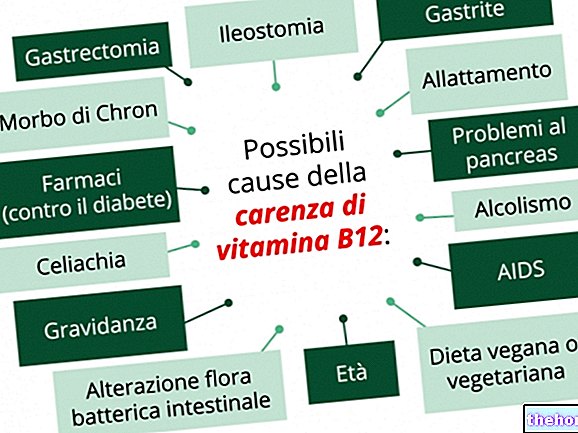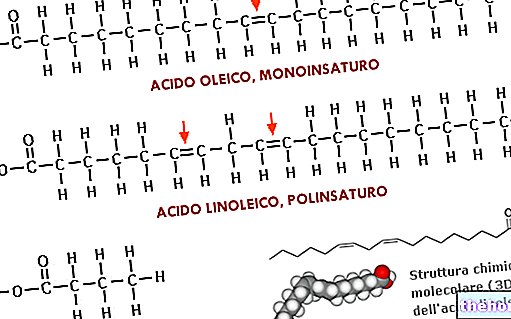
What is sorbitol?
Sorbitol or glucitol is a glucose alditol, which is a sugar reduced to polyol (a molecule of glucose added with electrons).
In nature, sorbitol is present in fruit and in particular in rowan, from which it takes its name; in the food sector, it is frequently used as a multipurpose additive and is characterized by:
- 40% lower sweetening power than sucrose
- 36% lower calorific value than sucrose
- Excellent thickening power and good preservative
In addition to having a considerable conservation potential, sorbitol is useful in the "dietary" sweetening of confectionery products (candies, chewing gum, etc.) and pharmaceuticals, as it is only a PARTIALLY digestible and absorbable molecule.
NB. Sorbitol is an osmotic molecule that promotes intestinal fermentation, therefore, abuse in consumption can easily cause side intestinal reactions such as bloating, abdominal tension and diarrhea.
Definition
Intolerances are adverse reactions to foods or nutrients that characterize them; in general they are NOT immune-mediated and to trigger the specific symptoms they require a significant supply of the active ingredient (a feature that leaves room for subjectivity).
NB. The time interval necessary for the onset of the first symptoms from the moment of ingestion to the appearance of TYPICALLY GASTRO-INTESTINAL symptoms varies from a few minutes to several hours.
Sorbitol intolerance is a disorder that mainly affects the consumption range of packaged and pharmaceutical products; in fact, as previously specified, sorbitol is a widely used sweetener - preservative; therefore the possibility that this polyol generates adverse reactions compromises more whether or not the sale of products containing it is decisive (depending on the spread of the disorder).
To define with certainty the presence of a specific intolerance to sorbitol it is possible to perform a clinical test: the H2 breath-test, or test for the detection of hydrogen in the breath. The principle of this detection is simple: following the administration of an aqueous solution of sorbitol, the concentrations of H2 in the exhalation in different temporal steps. If the quantity of hydrogen withdrawn is late significant, it can be deduced that the ingested molecule has NOT undergone digestion and intestinal absorption (small intestine) and has remained available for the fermentation of the bacterial flora (large intestine) which, during its metabolic processes, determines the release of H2. This hydrogen is then absorbed and dissolved in the blood which carries it and diffuses it into the lungs to eliminate it.
NB. The EARLY positivity to "H2 breath-test (i.e. in the first temporal steps) it is a clear indicator of contamination of the small intestine by the colonic bacterial flora; moreover, both the test for intolerance to sorbitol and those for intolerance to fructose and lactose are indicative for verifying the presence of global malabsorption, with or without specific intolerance towards the administered molecule.
















.jpg)











